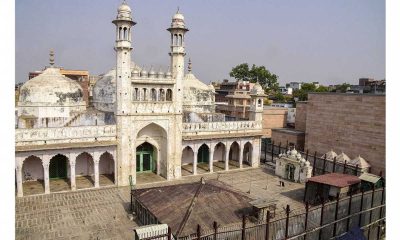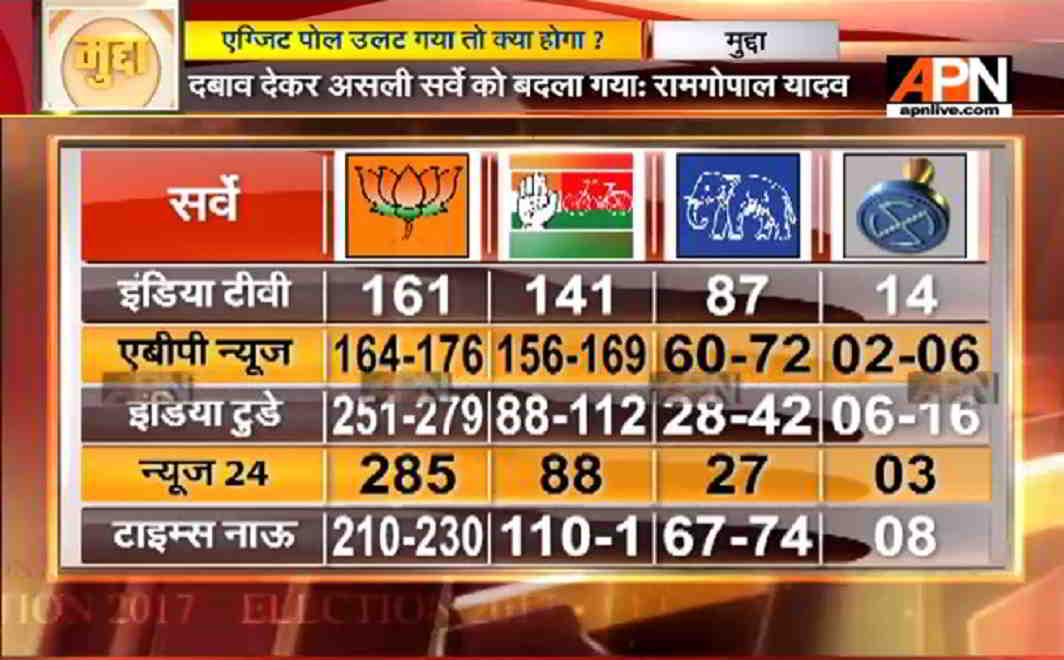Religion
‘Paush Purnima’ lakh of devotees are expected to take holy bath in Allahabad
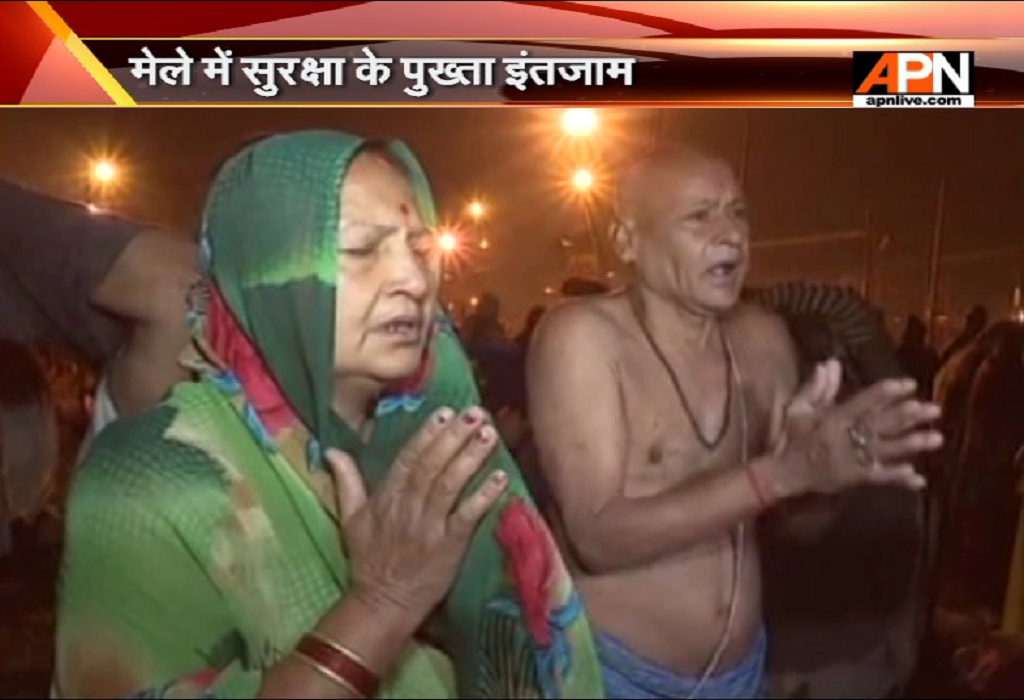
India News
Tirumala Tirupati Devasthanam darshan: Step-by-step guide to book tickets for a perfect experience
As a result special Darshan dates have been set aside for the month of July and August.
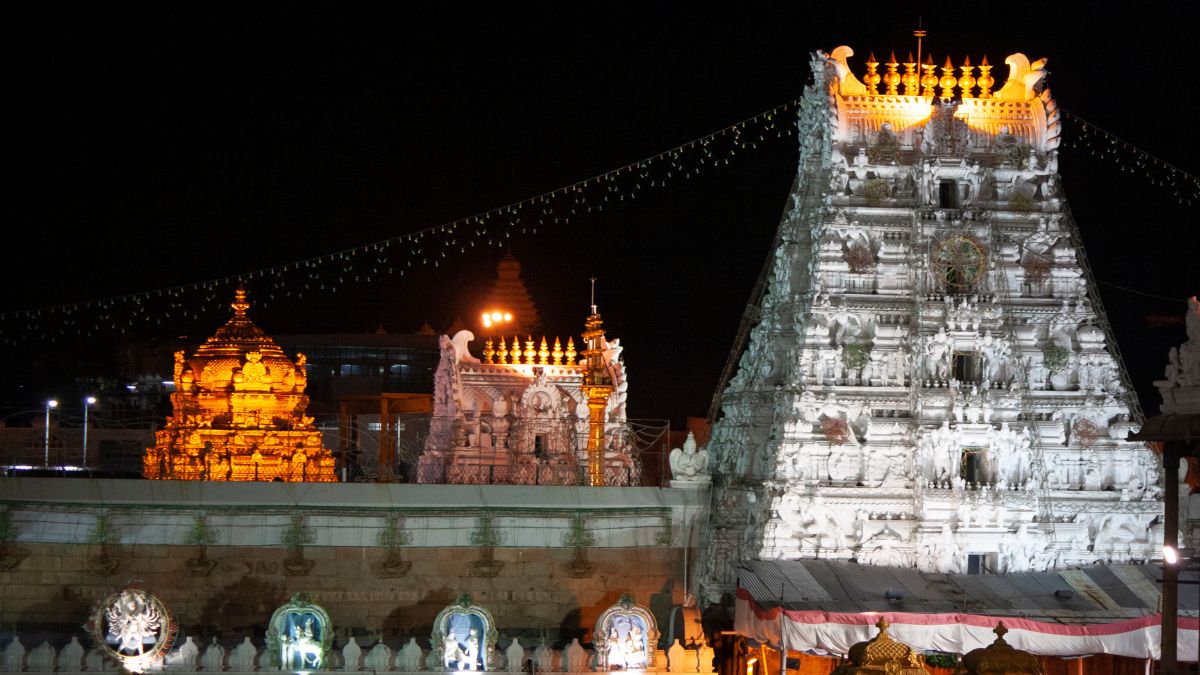
Many pilgrims are visiting the Tirumala temple today and there are two ways to do that: either visit the temple without booking tickets or book a ticket in advance. Booking Tirumala Darshan tickets online and in advance is one of the finest ways to have a perfect darshan. All that is required is a visit to the temple’s official website where visitors can make online ticket reservations. All devotees have the option of reserving seats in a variety of darshans.
As a result, special darshan dates have been set aside for July and August. The cost of a pilgrim ticket is Rs 300, and a single laddu is provided free of cost. The concept of special entry darshan, also known as seeghra darshanam, was launched on September 21, 2009 to allow travellers to enjoy a quick darshan. On their website, TTD has said bookings should be made only through their official website https://tirupatibalaji.ap.gov.in/. According to the website, devotees can book their tickets through the TTD official mobile app TT Devasthanams as well.
How to make an online reservation for special entry darshan?
- Log on to the temple’s official website.
- Enter your mobile number, then enter your OTP which you get on the mobile.
- Your calendar will now be displayed, allowing you to chose the dates you desire.
- The calendar displays colour coded availability. Green denotes availability, red denotes quota full, blue denotes quota not released, and white denotes slot not available. Yellow denotes fast filling.
- The spaces will then be chosen, and you will get to select the date.
- Select the number of individuals from the drop down menu.
- Make a list of how many laddus you need.
- You can also make hundi offerings if you want. Please keep in mind that the offerings are accepted in INR.
- After filing out all the necessary paperwork, click the continue button.
- Enter every detail such as age, name, gender, photo ID proof, and ID card.
- Pilgrims can reserve special entry darshan tickets for the next day, three hours before the darshan slot.
Things to be kept in mind during darshan
- To gain access to the terminal, you should have some sort of identity proof.
- Devotees are not allowed to enter the temple premises without tickets
- All reservations are final, with no postponement, cancellation, advancement or refund permitted.
- Children under the age of 12 must provide evidence of age to gain free admission.
Festivals
Guru Gobind Singh birth anniversary: Do you know Guru Gobind Singh Jayanti is celebrated in January, not on December 22? Know why
Even though he was born on 22nd December, Guru Gobind Singh Jayanti is observed in January by Sikhs across the world.

December 22 marks the birth anniversary of Guru Gobind Singh Ji, the tenth Sikh guru. In 1699, Guru Gobind Singh founded the Sikh warrior community called Khalsa. He is also known for introducing the Five Ks- Kesh (uncut hair), Kara (a steel bracelet), Kanga (a wooden comb), Kaccha – also spelt, Kachh, Kachera (cotton underwear), Kirpan (steel sword).
Even though he was born on 22nd December, Guru Gobind Singh Jayanti is observed in January by Sikhs across the world.
Why Guru Gobind Singh Jayanti is celebrated on January 20 and not on December 22?
The day is dedicated to the great warrior, poet, philosopher, and spiritual leader. According to the Georgian calendar, Guru Gobind Singh Ji was born on December 22, 1666, but his birth anniversary is based on the lunar calendar. That’s why Guru Gobind Singh Jayanti is celebrated in January. This year marks the 355th birth anniversary of Guru Gobind Singh Ji.
Who was Guru Gobind Singh Ji?
Guru Gobind Singh Ji was the son of Guru Tegh Bahadur Ji. When Guru Tegh Bahadur Ji was merely nine years of age, his father, Guru Tegh Bahadur Ji was killed by Aurangzeb for refusing to convert to Islam, becoming the tenth and final human Sikh Guru. Following his father’s death, Guru Gobind Ji emerged as the leader and protection of the Sikhs and continued to struggle against the Mughals’ atrocities against his community. His four sons died during his lifetime – two in battle, two executed by the Mughal army.
Notable contributions of Guru Gobind Singh Ji in Sikhism
- He is the founder of the Sikh warrior community Khalsa
- He introduced Five Ks, the five articles that Khalsa Sikhs wear at all times.
- He is credited with creating the Dasam Granth, a collection of hymns that are used in Sikh prayers and Khalsa rituals.
- He is also recognised for finalising and enshrining the Guru Granth Sahib as the primary scripture and immortal Guru of Sikhism.
Religion
Swami Dayanand Sarasvati death anniversary: Did you know? Real name of Arya Samaj founder was Mool Shankar
Born on February 12, 1824, in Tankara, a small town in Gujarat’s Morbi district, Swami Dayanand’s parents’ names were Karshanji Lalji Tiwari and Yashodabai. Brought up in a Brahmin devout family, Mool Shankar became proficient in Sanskrit and imbibed his wisdom in Hindu scriptures, especially the Vedas.

Maharishi Swami Dayanand Saraswati, who founded Arya Samaj on April 10 in 1875, dedicated his entire life to the well beings of human welfare and the prevention of religious evils. The value of Swami Dayanand’s contribution towards the salvation of the world is still remembered by his work and dedication.
Born on February 12, 1824, in Tankara, a small town in Gujarat’s Morbi district, Swami Dayanand’s parents’ names were Karshanji Lalji Tiwari and Yashodabai. After his birth, Swami Dayanand’s parents named him Mool Shankar. Swami Dayanand Saraswati’s real name was Mool Shankar. Brought up in a Brahmin devout family, Mool Shankar became proficient in Sanskrit and imbibed his wisdom in Hindu scriptures, especially the Vedas.
At the age of 21, Swami Dayanand had abandoned his home in search of spiritual and religious truth after the untimely death of his younger sister. He started questioning the larger meanings of life to his parents, by which his parents felt concerned, later Dayanand left his home to contemplate on the larger meanings of life. From 1845 to 1869, in his 25 years of journey of dispassion, he also practised yoga and other many divine activities.
Read Also: Diwali 2021: Know date, timings, and shubh muhurat for Lakshmi Puja
In April 1875, Swami Dayanand established the Arya Samaj in Bombay (now Mumbai). Dayanand’s aim was only to teach Vedas, he authored 60 books to spread the knowledge about Vedas, Satyarth Prakash (The Light of Truth) was one his most famous books. His socio-cultural movement aimed to reform society by raising awareness among the people about Vedic knowledge.
Dayanand strongly believed in equal rights for all, he led a revolutionary step to put an end to Sati Pratha – where women had to die by themselves along with their husband‘s dead body – in our society. He emphasised the need for the social upliftment of women and of the underprivileged sections of society. Later he was given the title of Maharishi and is considered as one of the prominent social reformers of our society.
-
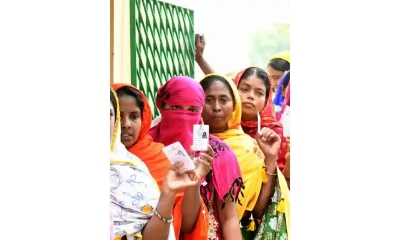
 2024 Lok Sabha Elections10 hours ago
2024 Lok Sabha Elections10 hours agoPrime Minister Narendra Modi urges citizens to vote in record numbers as voting for first phase of Lok Sabha elections begins on 102 seats across India
-

 2024 Lok Sabha Elections8 hours ago
2024 Lok Sabha Elections8 hours agoKamal Haasan, Rajinikanth, Vijay Sethupathi, Dhanush vote in Chennai
-

 2024 Lok Sabha Elections8 hours ago
2024 Lok Sabha Elections8 hours agoLok Sabha elections 2024: TMC, BJP workers clash in West Bengal’s Cooh Behar ahead of voting
-

 2024 Lok Sabha Elections9 hours ago
2024 Lok Sabha Elections9 hours agoLok Sabha elections 2024: Google Doodle marks the start of polls with index finger voting symbol
-

 2024 Lok Sabha Elections7 hours ago
2024 Lok Sabha Elections7 hours agoLok Sabha elections 2024: Newly married couple cast vote in Jammu and Kashmir’s Udhampur, video goes viral
-

 Entertainment6 hours ago
Entertainment6 hours agoYami Gautam starrer Article 370 releases on Netflix today
-

 Entertainment5 hours ago
Entertainment5 hours agoDo Aur Do Pyaar social media review: Social media users say Vidya Balan, Pratik Gandhi deliver standout performances in this adorable film
-

 2024 Lok Sabha Elections7 hours ago
2024 Lok Sabha Elections7 hours agoTamil Nadu BJP chief K Annamalai says party will sweep Karnataka and emerge victorious in Telangana, accuses DMK, AIADMK of influencing voters in Coimbatore

